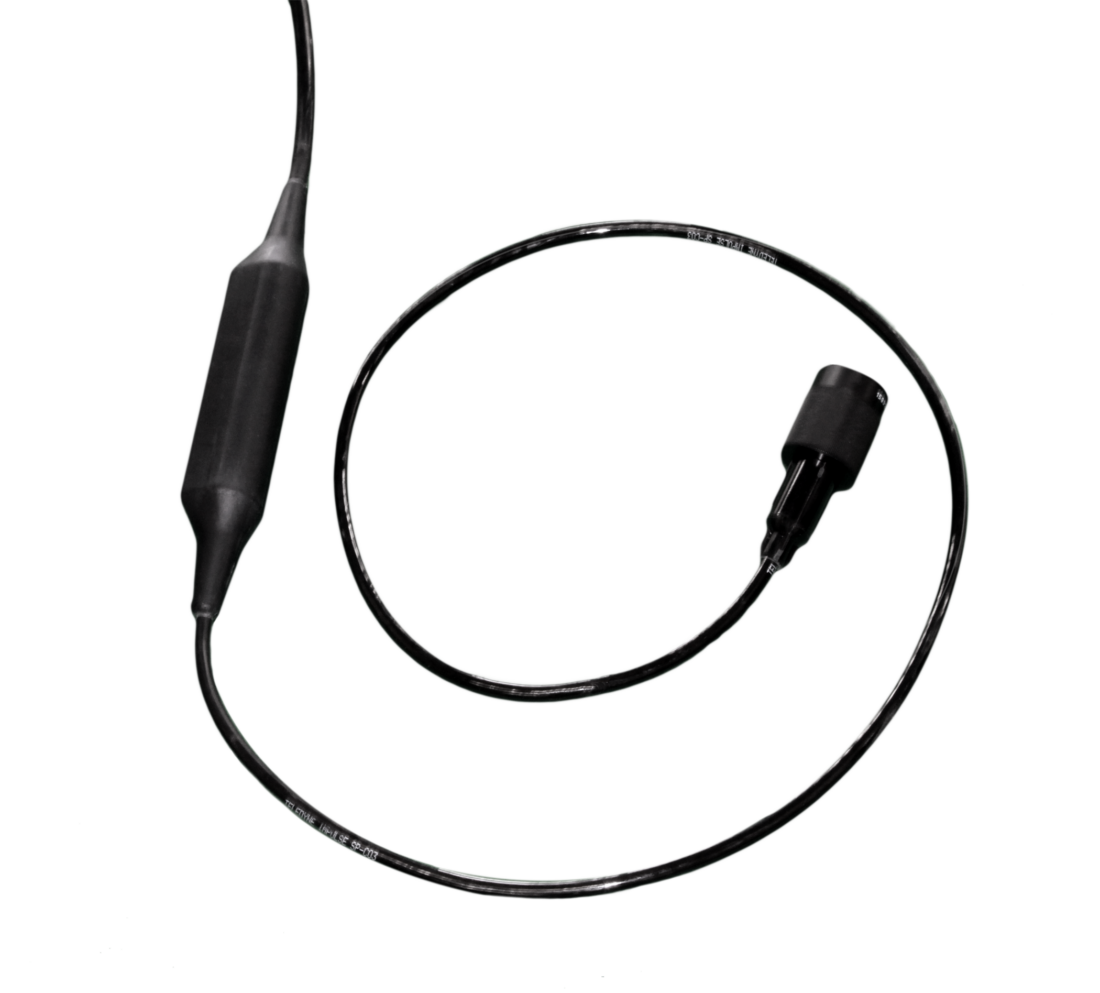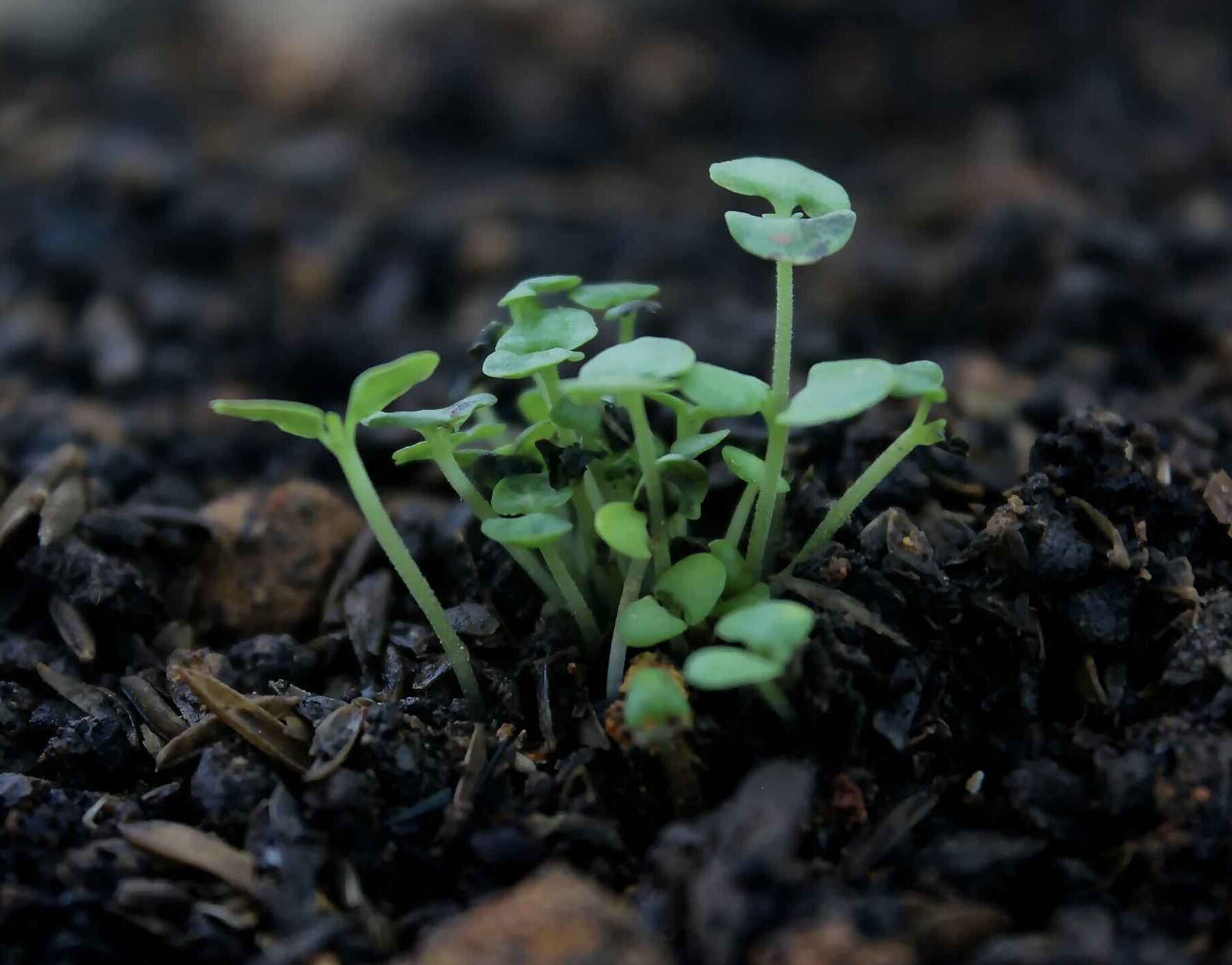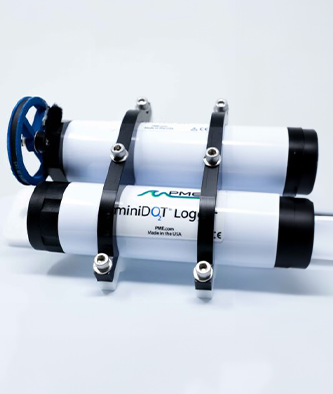Water Quality Parameters
Chlorophyll
Why Measure Chlorophyll Levels in Water?
Chlorophyll is the green pigment found in plant life which facilitates the process of photosynthesis, allowing plants to create energy from sunlight. Pigments are colored molecules that absorb light at a particular wavelength and subsequently emit light at a longer wavelength. Each wavelength pair is specific to the type of fluorescent molecule. Because chlorophyll is so abundant in plants, it is responsible for their green color. When water contains high levels of algae or phytoplankton, it can take on chlorophyll’s signature greenish hue.
How Do We Measure Chlorophyll Levels?
There are several ways to measure chlorophyll, the simplest is in vivo measurement which estimates the chlorophyll in living cells. In vivo measurements are qualitative, but they provide a good estimation of chlorophyll levels, especially when monitoring trends over time. PME’s Cyclops-7 and C-FLUOR loggers and sensors as well as PME’s T-Chain enable real-time monitoring of chlorophyll levels. By monitoring chlorophyll, researchers and scientists can better track the health of a body of water by gaining insights regarding trends in levels over time.
Why Measure Chlorophyll in Water and How Does it Affect Water Quality?
By measuring chlorophyll concentrations, researchers and scientists can estimate the levels of phytoplankton or algae present in a body of water. Monitoring chlorophyll levels can provide a greater understanding of how a water body’s composition and qualities can affect aquatic ecosystems and the marine life within.
High levels of phytoplankton in a body of water will raise its levels of chlorophyll. Phytoplankton are a subgroup of algae that form the foundations of marine food chains. As a piece of the food chain, an excess of phytoplankton can threaten the delicate balance of an ecosystem. Also, some phytoplankton blooms, often called Harmful Algal Blooms or HABS, have been known to release toxins into the water they inhabit to the detriment of other marine life.
Chlorophyll can grow in excess when a body of water contains abnormally high levels of nutrients. Typically, high levels of chlorophyll correspond with raised levels of phosphorous and nitrogen which can indicate pollution. When algae and other organisms die, oxygen is consumed by the organic matter left behind and the bacteria consuming the organic matter. Excessive levels of algae can cause the levels of dissolved oxygen to drop rapidly. When dissolved oxygen is insufficient in a body of water, marine death can occur en masse.
How Does Excessive Dissolved Organic Matter (DOM) Affect Chlorophyll Measurement?
Every aquatic system is unique, but waterbodies containing high concentrations of dissolved organic matter (DOM) can prove particularly challenging to researchers attempting to gauge chlorophyll content. DOM and chlorophyll both share a distinct propensity for blue light absorption. This commonality may seem problematic, but natural water systems don’t often achieve sufficient saturation to interfere with modern chlorophyll measurement technologies. As such, blue light excitation remains the default for most researchers. Of course, heavy CDOM conditions require an alternative approach. Chlorophyll is most reactive to red light after blue, but it does not register with most varieties of DOM, making red-light excitation technology a necessity for researchers studying chlorophyll in DOM-rich settings. PME offers C-FLUOR and Cyclops-7 sensors equipped with red and blue light excitation options to meet the needs of researchers across the spectrum.
Products Measuring Chlorophyll (CHL)
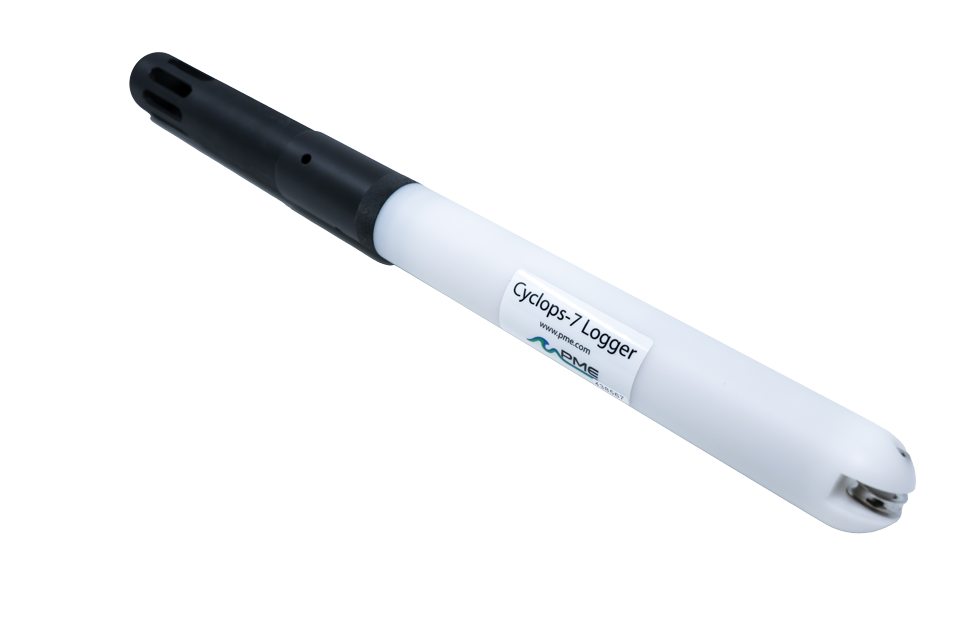
Fixed Cyclops-7

Interchangeable Cyclops-7
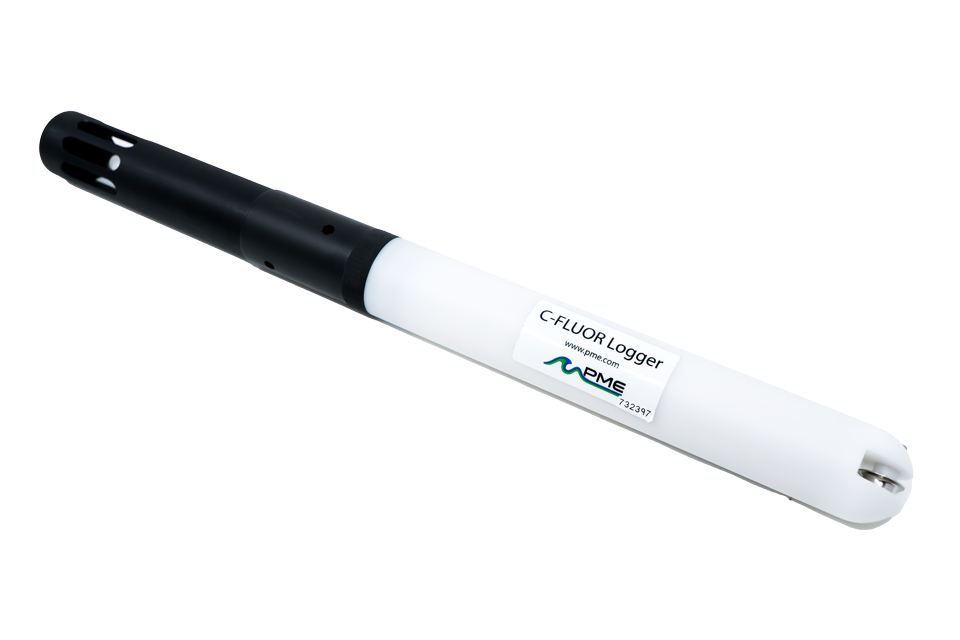
Interchangeable C-FLUOR
